9 Points to Remember When Dropping Ship Anchor in Emergency
Surrounding circumstances and conditions are probably the greatest variables when the ship is at sea. It may become necessary all of a sudden to drop anchor in an emergency in case of steering failure, probable collision, manoeuvring in shallow waters etc.
Usually, letting go (dropping of anchor) is done to reduce the speed of the vessel as swiftly as possible to prevent any forthcoming mishap. When such an action is taken at sea, there’s barely any time to walk back the anchor which means the action to be taken by the responsible officer is to be firmly made in limited time.
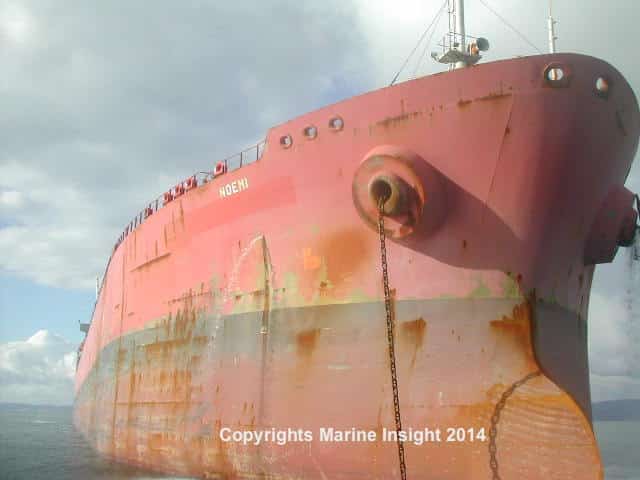
Letting Go (Dropping) Ship Anchor in an Emergency
The following points must be kept in mind when letting go anchor in an emergency:
1. The Officer must be at the forecastle with a portable VHF, a torch and their paraphernalia to release the bow stoppers. While clearing away anchor in the previous operation, the brakes as well as the bow stoppers must be checked for efficient operation.
2. The Ship sides must be checked for boats, skiffs, tugs, barges and other such obstructions, especially below the anchor; obviously, this is to be done to prevent harm to a third party.
Watch: Ship Anchor Drops on Tug Boat
3. The Officer must be in constant parley with the Bridge to relay and receive orders to and from the Master. This includes information about where and which anchor to let go and how many shackles as well.
4. The Officer must open the take and let the anchor run out directly from the hawed pipe, as and when the required information is received. There’s no time to walk back anchor in this case due to probable imminent danger.
5. The cable must be checked at all time to count the number of shackles passed as per orders from the bridge.
6. In case there’s too much cable paid out without keeping an eye on it, the anchor tends to hold tight causing the cable to part by the vessel’s momentum.
7. In case there’s less cable paid out, the anchor won’t really make the required full contact with the seabed, defeating the very purpose of dropping it in the first place.
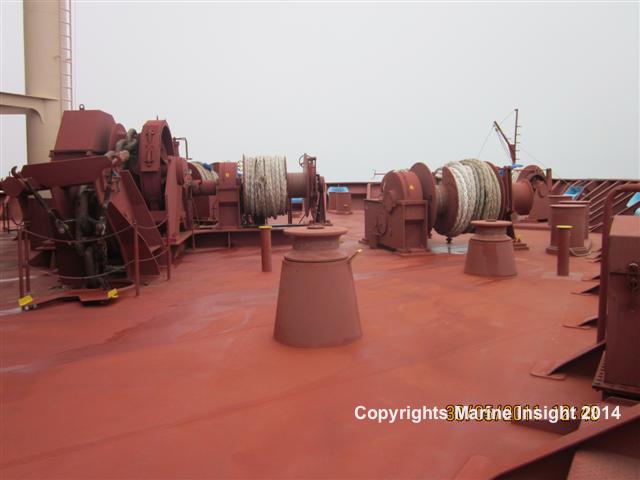
8. The number of shackles paid out is normally in the region of two to three times the depth of water. The whole point of this emergency operation is to enable the ship anchor to drag along the seabed bottom, providing maximum resistance to the movement of the vessel without causing damage to the anchor or the vessel.
9. The Officer undertaking the operation must be at all times aware that there is another anchor at his disposal which might need to be used.
As with any emergency operation, dropping anchor under the circumstances requires swift action that can prevent any imminent danger. The handling of the vessel and her anchor will differ as per the characteristics but the above points give a general direction to the procedure that is required in such a case.
Disclaimer :
The information contained in this website is for general information purposes only. While we endeavour to keep the information up to date and correct, we make no representations or warranties of any kind, express or implied, about the completeness, accuracy, reliability, suitability or availability with respect to the website or the information, products, services, or related graphics contained on the website for any purpose. Any reliance you place on such information is therefore strictly at your own risk.
In no event will we be liable for any loss or damage including without limitation, indirect or consequential loss or damage, or any loss or damage whatsoever arising from loss of data or profits arising out of, or in connection with, the use of this website.
Do you have info to share with us ? Suggest a correction
Latest Shipboard Guidelines Articles You Would Like:
Disclaimer :
The information contained in this website is for general information purposes only. While we endeavour to keep the information up to date and correct, we make no representations or warranties of any kind, express or implied, about the completeness, accuracy, reliability, suitability or availability with respect to the website or the information, products, services, or related graphics contained on the website for any purpose. Any reliance you place on such information is therefore strictly at your own risk.
In no event will we be liable for any loss or damage including without limitation, indirect or consequential loss or damage, or any loss or damage whatsoever arising from loss of data or profits arising out of, or in connection with, the use of this website.

About Author
Shilavadra Bhattacharjee is a shipbroker with a background in commercial operations after having sailed onboard as a Third Officer. His interests primarily lie in the energy sector, books and travelling.
Latest Marine Navigation Articles You Would Like:
Subscribe To Our Newsletters
By subscribing, you agree to our Privacy Policy and may receive occasional deal communications; you can unsubscribe anytime.



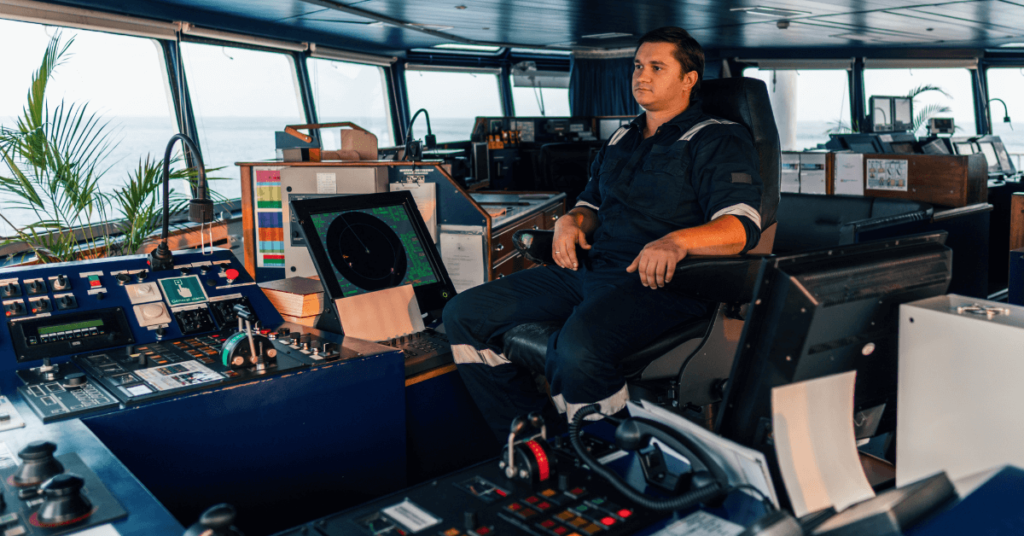





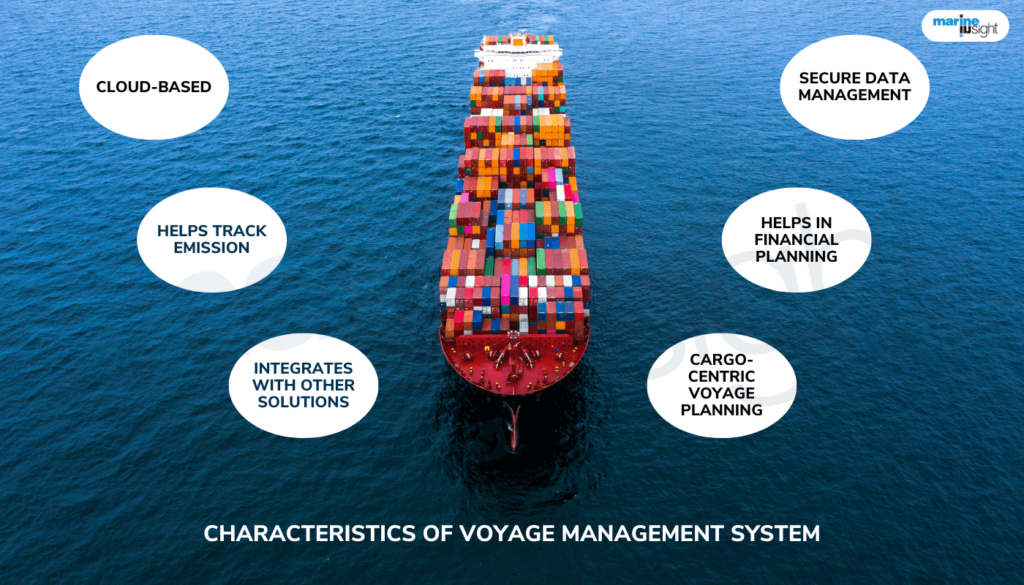
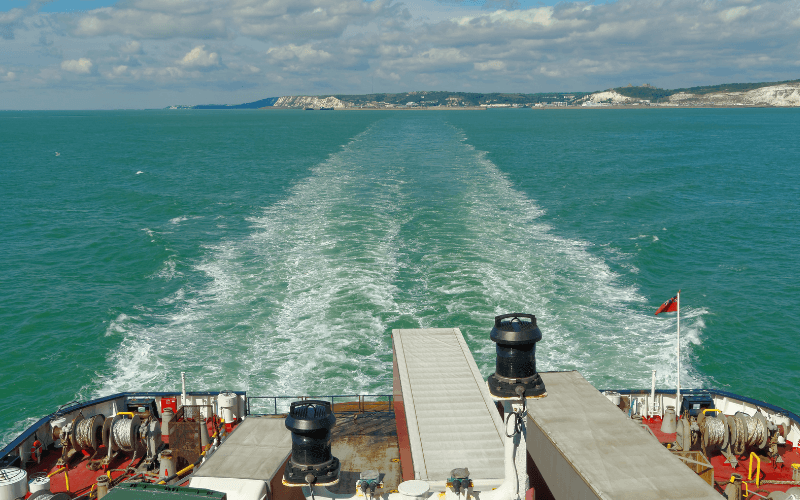
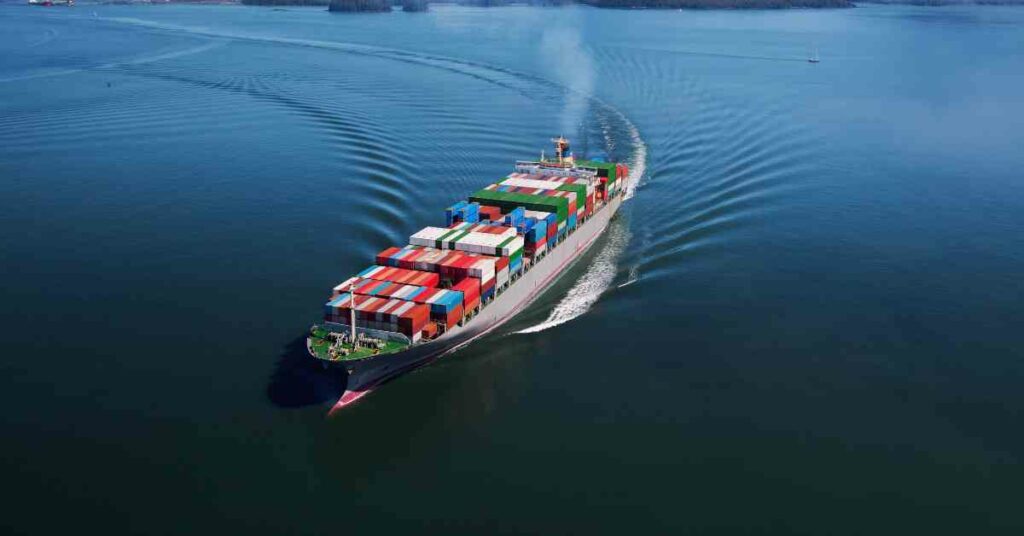
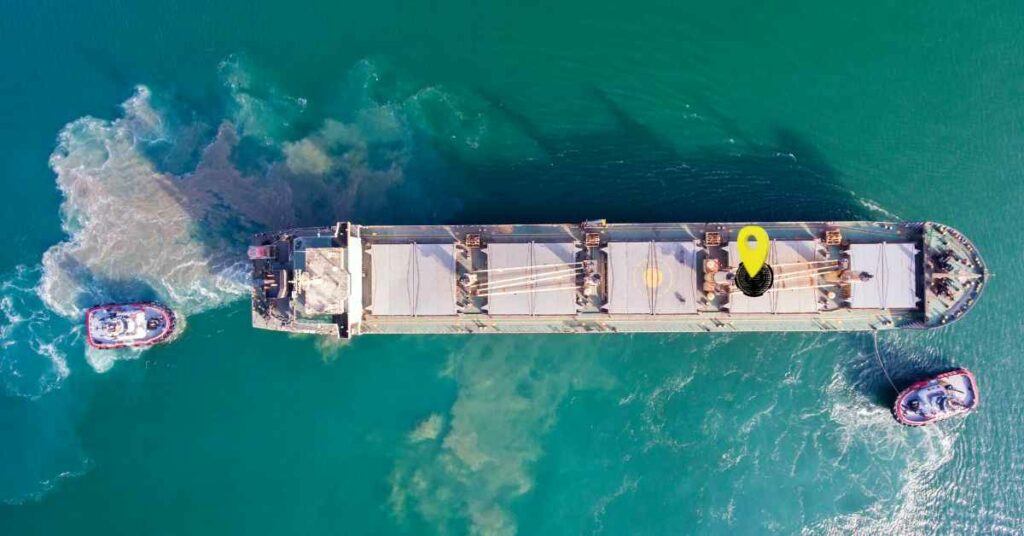
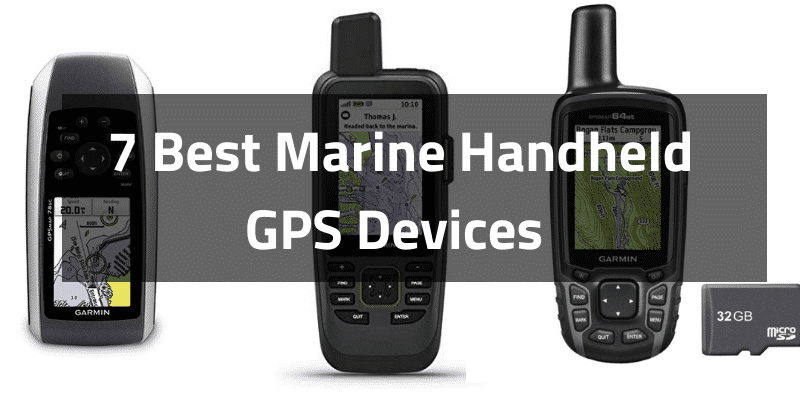
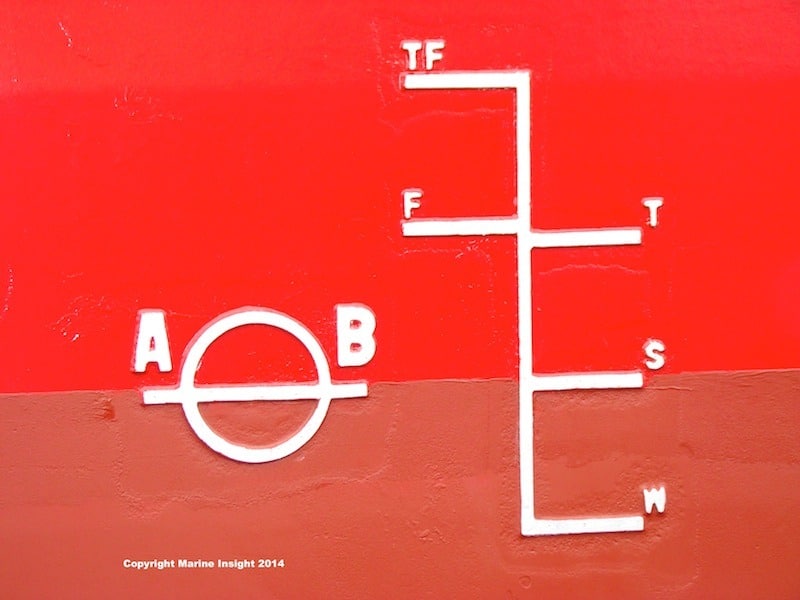

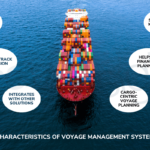
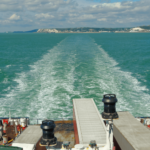
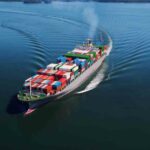
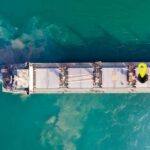


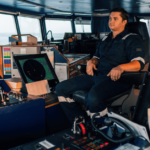





Nice
Great post. Additionally, based on my experience, I would recommend:
a) Rule of thumb 1.5-2 shackles (as emergency anchoring would be in port waters, usually < 20 m)
b) Use both anchors to arrest the momentum. One anchor is seldom effective.
c) Train the Bosun the exact procedure of working the brakes. You may need more than one person to control the brakes when its under severe tension.
d) Discuss the procedure with the bridge team before arrival port. There is no time for calculations or specific orders when you have to anchor in emergency. Everyone should know what to do.
e) Bridge should check that you are not dropping it on a submarine cable, and
f) Stay clear of the windlass as there will be a lot of flying rust and mud.
Lastly, do not hesitate to anchor in emergency. It is better to lose the anchors than go aground or hit another ship on the wharf. Hope you don't have to use it, but a prudent mariner is always prepared.
I think if let go by your way, the anchor will lost due to we often drop anchor by motor,not by brake. It will be too late if you want stop when the speed is too fast
It’s only advised to drop by gear in deep waters due to the weight of the anchor in relation to the Depth of water. In shallow waters, gravity is recommended.
In deep water you can still let the anchor by gravity, but walk the anchor first with few shackles by the gear then later on by gravity while controlling the speed with brake from time to time.
@Bluefin: Thank you for your valuable input.